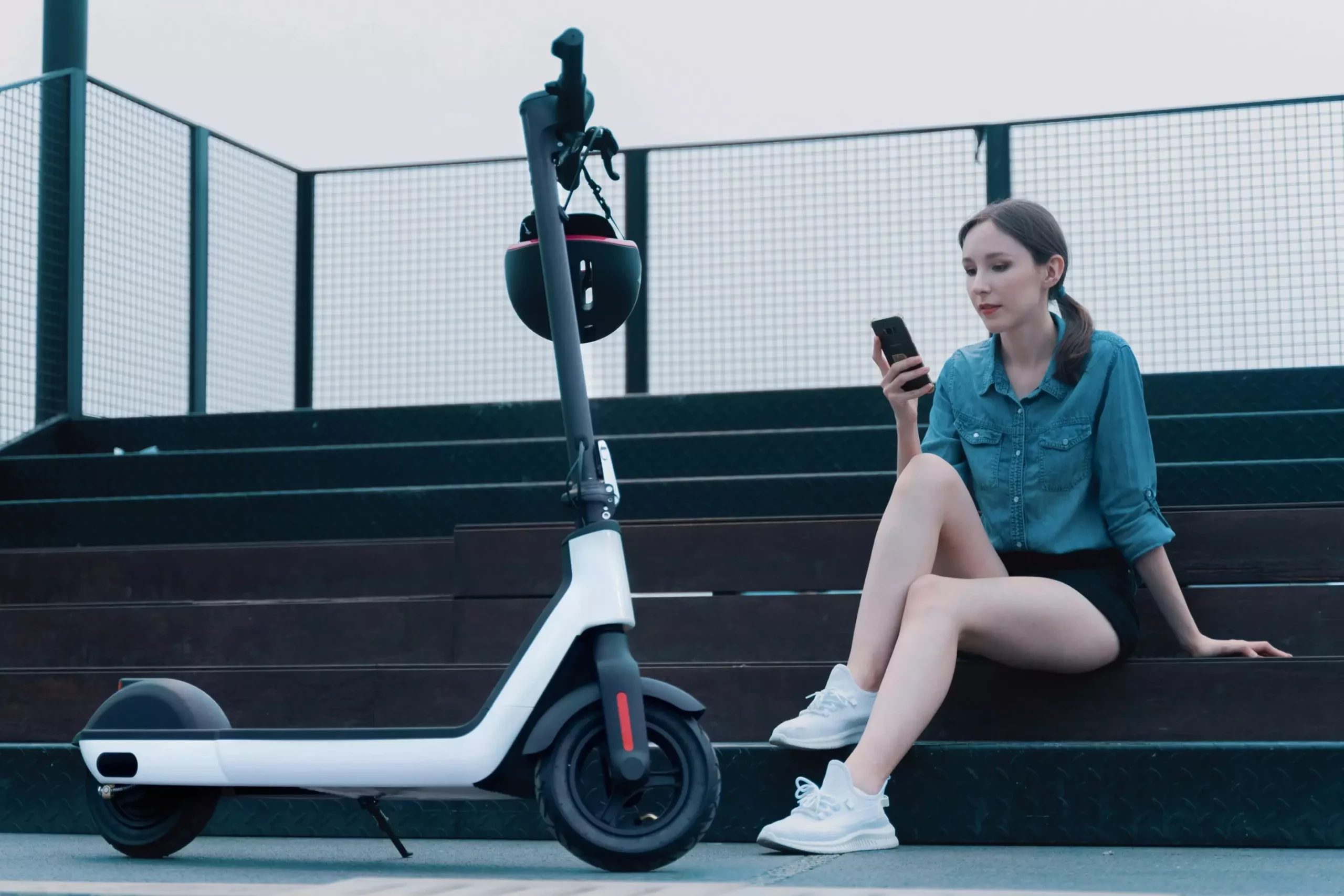Melbourne City Council recently made the decision to terminate its contracts with shared e-scooter operators due to safety concerns. This move highlights the ongoing debate between the potential environmental and transport benefits of e-scooters and the safety implications associated with their use. While shared e-scooters have the potential to reduce carbon emissions and provide a convenient mode of transport, questions regarding their safety have led to increased scrutiny and regulatory action.
Although shared e-scooters have only recently become available in Melbourne, the concept of electric scooters has been around for over a century. Initially popularized in the United States in the early 20th century, electric scooters faced challenges related to safety and misuse, which hindered their widespread adoption. The recent resurgence of e-scooters as a sustainable transportation option has reignited debates surrounding their safety and regulation.
Media coverage of shared e-scooters in Melbourne has often focused on safety incidents and injuries, leading to a perception that e-scooters are inherently unsafe compared to other modes of transport. However, it is crucial to differentiate between shared and private e-scooters, as the regulatory framework and safety features vary significantly between the two. Shared e-scooters are subject to strict regulations, including speed limiters, helmet provisions, and geo-fencing, which contribute to enhanced safety measures.
One of the key challenges in the e-scooter debate is the lack of uniform regulations and governance structures across Australia. While shared e-scooters are subject to specific rules and oversight, private e-scooters operate in a regulatory gray area, with limited quality control and safety monitoring. The absence of consistent definitions and policies regarding e-scooters has led to confusion and inconsistencies in regulatory approaches.
The Role of Infrastructure in Safety
In addition to regulatory measures, infrastructure plays a crucial role in ensuring the safety of e-scooter riders. Poorly designed bike lanes and limited dedicated e-scooter infrastructure contribute to an increased risk of accidents and injuries. Improving infrastructure, such as designated e-scooter lanes and better intersection design, can enhance the safety of e-scooter users and reduce the likelihood of collisions.
Balancing Sustainability and Safety
While the decision of the City of Melbourne to ban shared e-scooters is primarily based on safety concerns, it overlooks the significant environmental and transport benefits that e-scooters offer. By implementing proactive policies and fostering a more inclusive governance approach, cities can integrate shared e-scooters into their mobility mix while addressing safety issues. Achieving a balance between sustainability, equity, and safety is essential for maximizing the potential of e-scooters as a mode of transport.
The debate surrounding shared e-scooters underscores the complex interplay between sustainability, safety, and governance. By addressing the regulatory disparities, enhancing infrastructure, and prioritizing a comprehensive assessment of benefits and burdens, cities can harness the full potential of e-scooters as a sustainable and safe mode of transport. Balancing these competing interests is key to establishing clear and effective policies that promote the widespread adoption of e-scooters while ensuring the safety and well-being of riders.


Leave a Reply